In recent years, 4K display technology has transformed the laptop market, offering breathtaking visual clarity and detail that cater to professionals, gamers, and creatives alike. With resolutions of 3840 x 2160 pixels, 4K displays provide four times the pixel density of standard Full HD screens, revolutionizing the way we interact with digital content. This blog explores the evolution of 4K display technology in laptops, its impact, and what the future holds for this cutting-edge innovation.
1. The Rise of 4K Displays in Laptops
When 4K displays were first introduced to laptops, they were considered a luxury feature, reserved for high-end devices and niche markets like video editing and gaming. However, as technology advanced, the cost of 4K panels decreased, making them more accessible to a broader audience. Brands like HP quickly adopted 4K displays in their flagship models, catering to users who demanded superior visuals.
For instance, an HP used laptop with a 4K display offers an affordable way to access this technology. Refurbished laptops allow users to enjoy high-resolution screens without paying the premium price of a brand-new device. A used laptop supplier in the UK often stocks such models, ensuring that customers on a budget can experience 4K brilliance.
2. Benefits of 4K Displays
4K displays offer numerous advantages, making them a preferred choice for various users:
a. Enhanced Visual Clarity
The higher pixel density of 4K screens results in sharper images and text. This level of clarity is ideal for tasks like photo editing, video production, and watching high-definition content.
b. Improved Multitasking
With more screen real estate, 4K displays allow users to work on multiple applications simultaneously without compromising visibility. This is particularly beneficial for professionals who juggle multiple tasks or need detailed views of large spreadsheets and design projects.
c. Immersive Gaming and Entertainment
For gamers and movie enthusiasts, 4K displays deliver an immersive experience with vivid colors, deep contrasts, and lifelike details. Many laptops with 4K panels now come equipped with HDR (High Dynamic Range) technology, further enhancing visual quality.
3. Challenges and Limitations
Despite their advantages, 4K displays come with certain challenges:
a. Battery Consumption
4K displays consume significantly more power than their lower-resolution counterparts, often resulting in shorter battery life. This trade-off can be a drawback for users who prioritize portability.
b. Performance Demands
Rendering visuals in 4K resolution requires powerful hardware, including a high-performance GPU and processor. For older or budget laptops, running applications in 4K may lead to lag or reduced performance.
c. Cost
While prices for 4K laptops have dropped, they still remain higher than models with standard Full HD screens. However, options like an HP used laptop with a 4K display offer a cost-effective alternative.
4. Innovations Driving the Future of 4K Displays
The evolution of 4K technology shows no signs of slowing down. Several innovations are shaping the future of laptops with 4K displays:
a. OLED Panels
OLED (Organic Light Emitting Diode) technology is redefining 4K displays by delivering unparalleled color accuracy and contrast ratios. Unlike traditional LCD panels, OLED screens do not require backlighting, resulting in deeper blacks and more vibrant colors.
b. High Refresh Rates
Manufacturers are now combining 4K resolution with high refresh rates (e.g., 120Hz or 144Hz), providing smoother visuals for gaming and motion-heavy tasks. This advancement bridges the gap between visual quality and responsiveness.
c. Energy Efficiency
Newer 4K panels are being designed with energy-efficient technologies to address battery consumption concerns. Innovations like mini-LED backlighting and adaptive brightness controls help extend battery life without compromising visual quality.
5. What’s Next for 4K Display Technology?
As 4K technology continues to evolve, several trends and advancements are likely to shape its future:
a. Wider Adoption Across Price Points
As production costs for 4K displays decrease, more mid-range and budget laptops are expected to feature this technology. Refurbished options through a used laptop supplier in the UK will further democratize access to 4K displays.
b. Integration with AI
Artificial intelligence is poised to enhance 4K display functionality. Features like AI-driven upscaling will enable laptops to render lower-resolution content in near-4K quality, improving the overall viewing experience.
c. Compatibility with Emerging Technologies
Future laptops with 4K displays are expected to integrate seamlessly with technologies like augmented reality (AR) and virtual reality (VR). These advancements will expand the use cases for 4K laptops, particularly in creative industries and gaming.
d. Enhanced Portability
As manufacturers prioritize thinner and lighter designs, laptops with 4K displays will become increasingly portable. This will make high-resolution screens more practical for on-the-go professionals and students.



